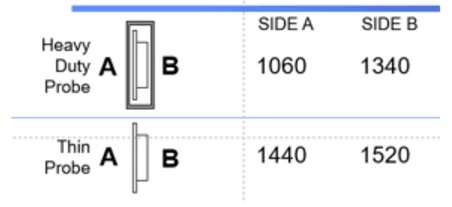How to test a magnet using a Gaussmeter?
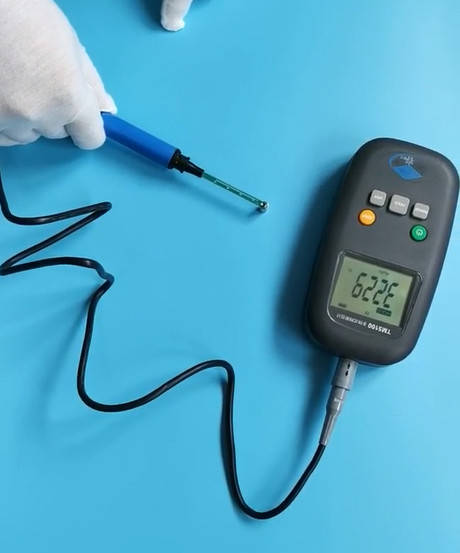
You want to order a magnet to work with a sensor or to produce a magnetic field in your device. Magnets are not covered thoroughly in schools, even at the college level. To you, they may be somewhat mysterious blocks of metal with a lot of weird terms that describe their properties. All you want is a magnet that will work in your application. How can that be done?
This article post is an attempt to explain how to test magnets, from the end-user perspective, not a magnet producer. A magnet producer has a lot of equipment available that can be used to investigate magnets, but these tools are generally not needed for the average user.
If your application depends on the magnetic field output of a magnet, then one of the two following tests will probably be appropriate: Gaussmeter or Fluxmeter.
Gaussmeter Testing:
A Gaussmeter uses a probe to measure the magnetic field around a magnet at a specific location. The user positions the tip of the probe on the magnet or a pre-determined location near to the magnet.
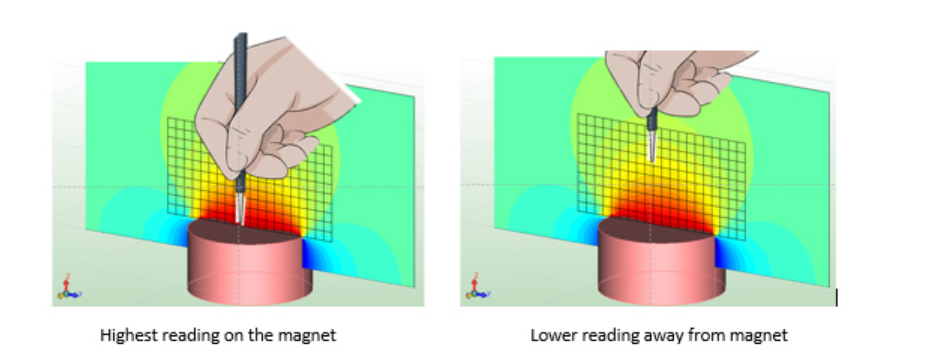
The sensing area of a Gaussmeter probe is at the tip of the probe. The closer the tip is to the magnet, the stronger the reading. It is important to agree with your supplier and/or customer on the location of the measurement.
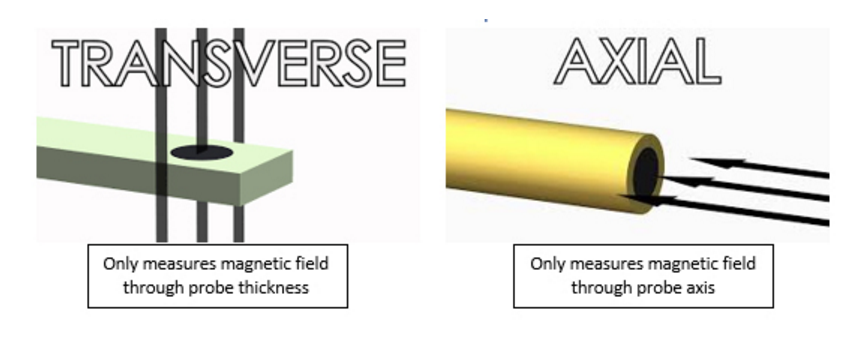
Tips to optimize gaussmeter measurements:
1. Hold the probe the correct way

2. If you are taking a reading directly on the magnet surface, it is important for the sensing area in the probe to be smaller than the magnet. If the probe is measuring a spot nearby, but not on the magnet, the size of the probe isn’t as important.

3. The magnetic field varies around a magnet and a gaussmeter probe is sensitive to this variation. It can be difficult to repeat a reading since slight variations in position can inflate/deflate the readings. A fixture that guides the probe to the same spot from the magnet will minimize the amplitude of the variations.
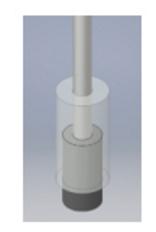
4. Transverse probes – Hot & Cold side
Because of the way they are constructed, transverse probes are more sensitive on one face, called the ‘hot side’. If the probe is touching the magnet face, the ‘hot side’ will give slightly higher readings.
